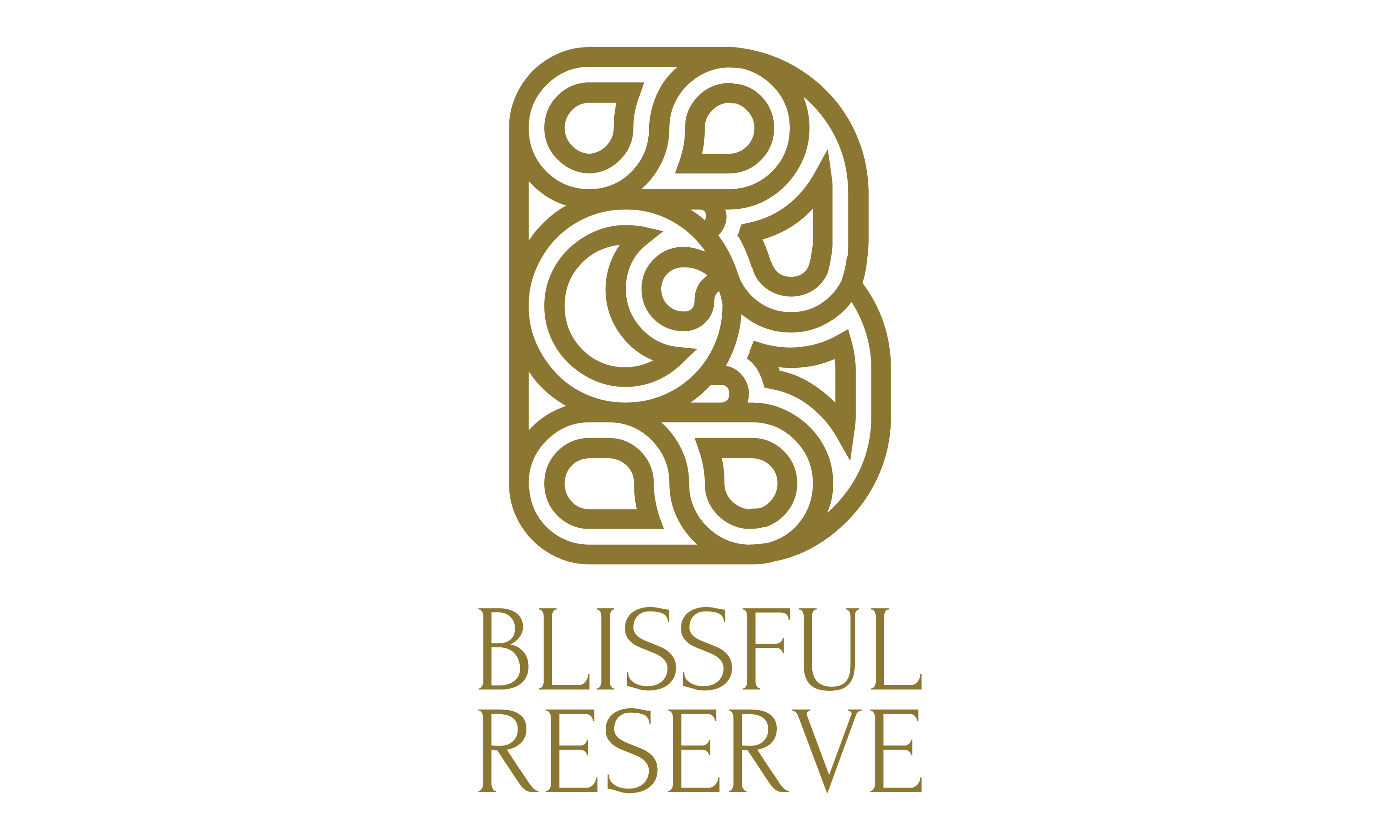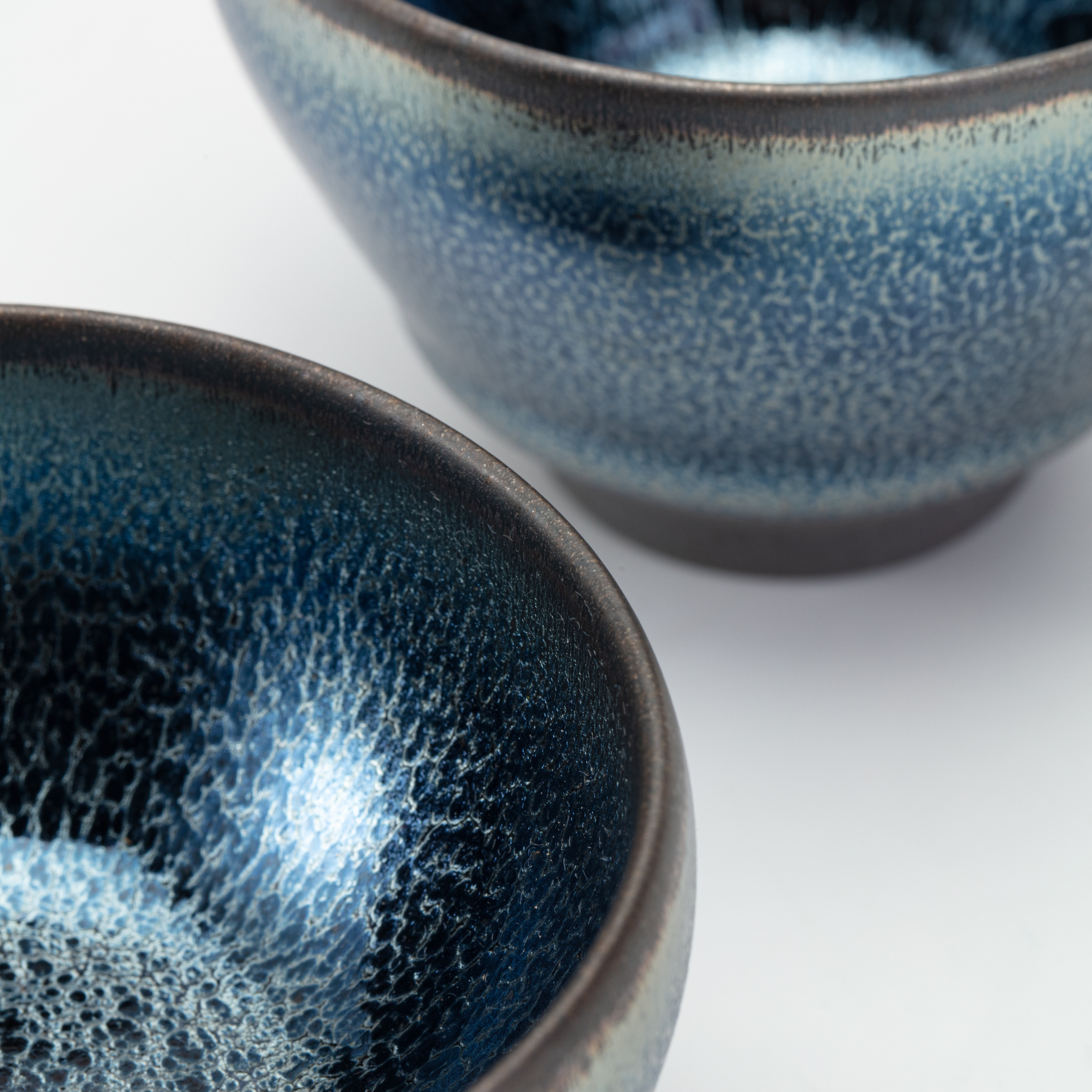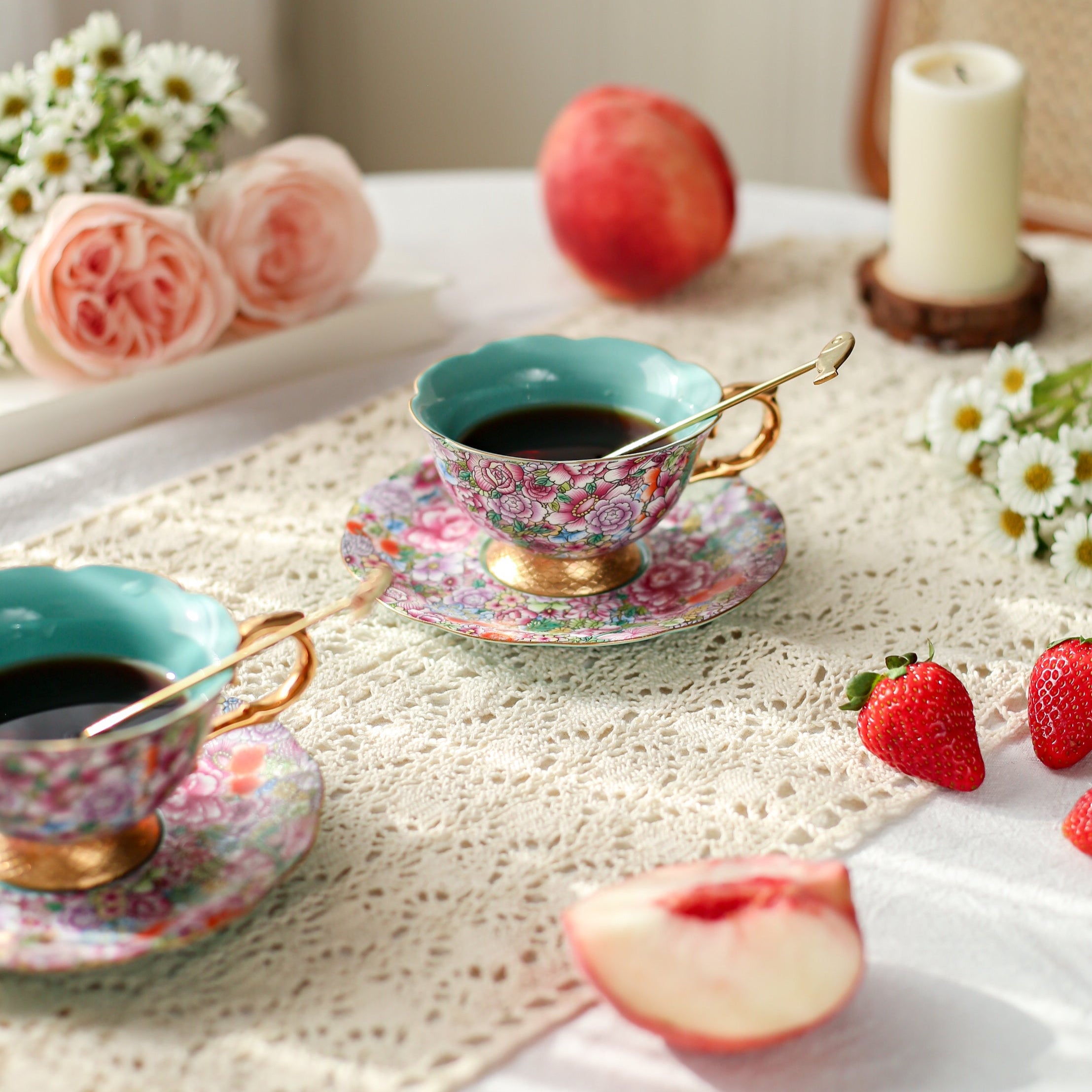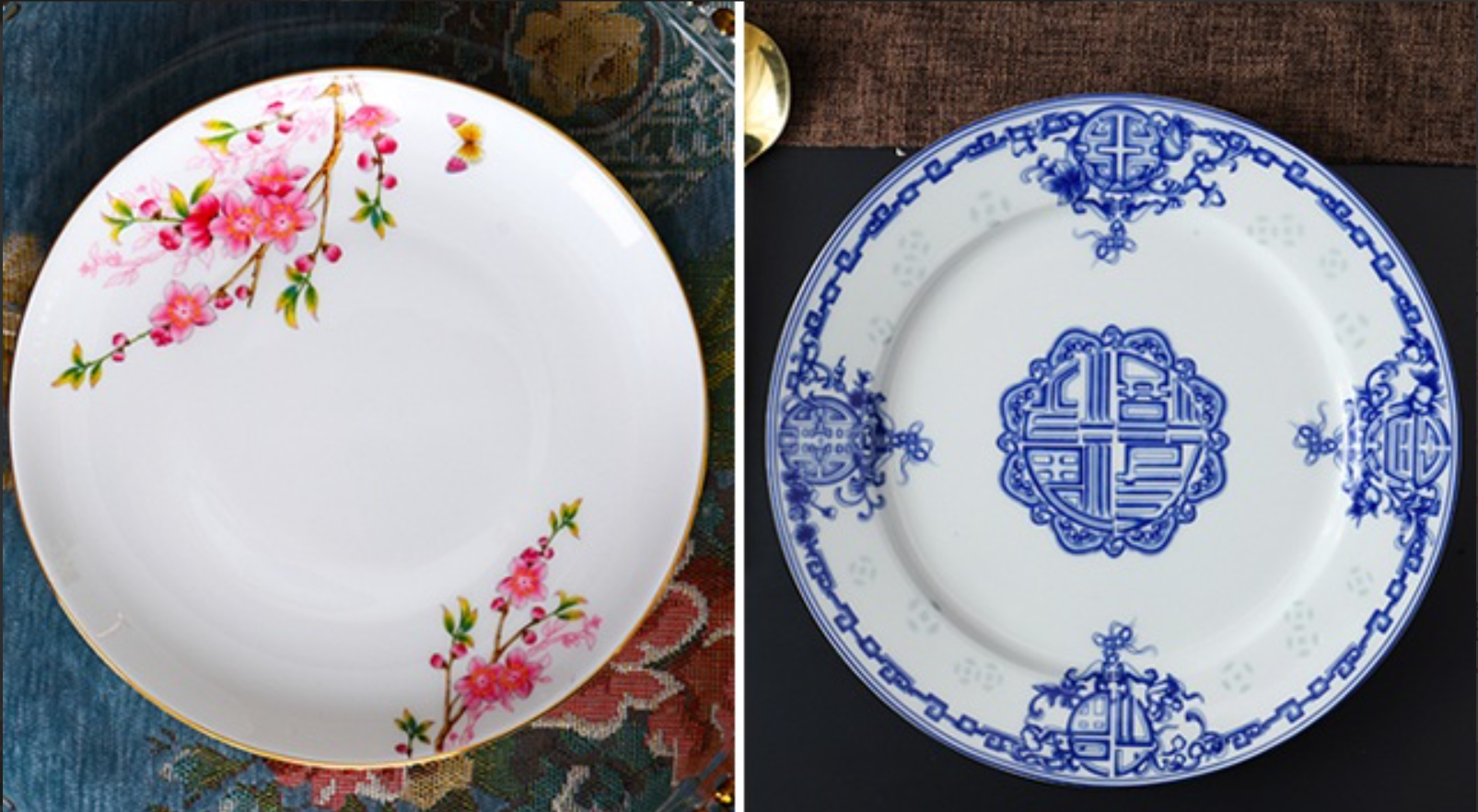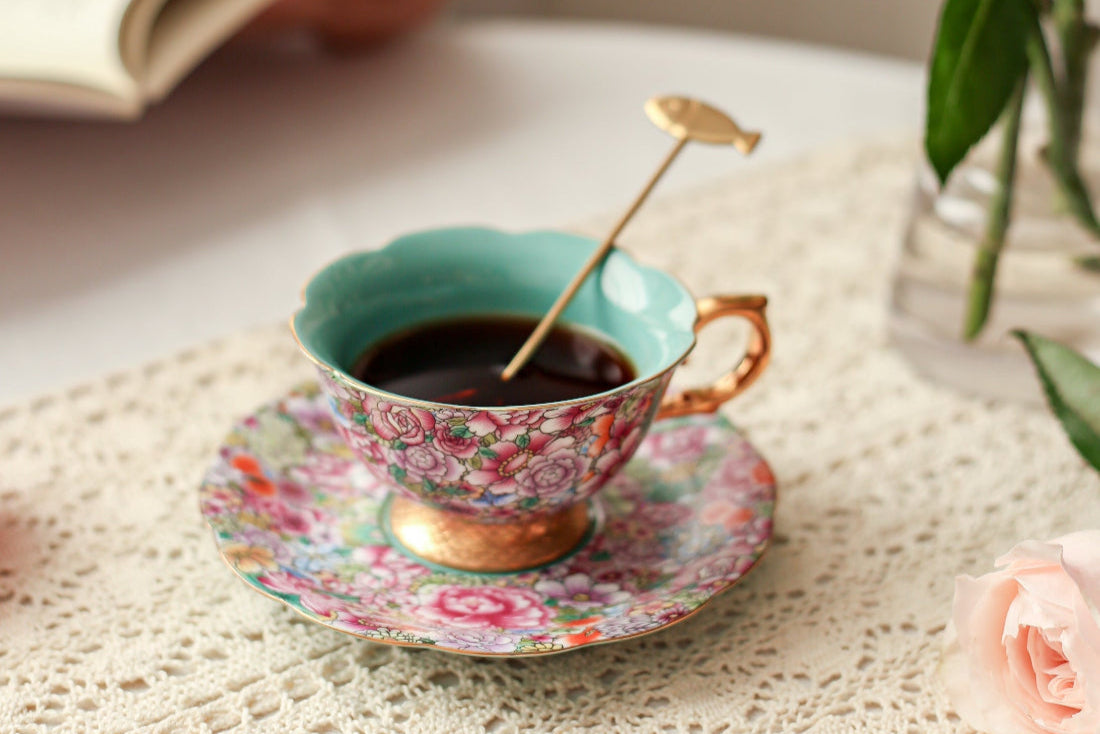
Falangcai and Famille Rose Porcelain — Royal Art, Living Heritage
Envision colors flowing graciously across a delicate porcelain canvas, every brushstroke possessing the weight of centuries gone by. Within Chinese porcelain collections, these bright hues rise above simple decoration—they are a dialogue fashioned from threads of history, culture, and art.
Two of the most famous styles are Falangcai (珐琅彩) and Famille Rose (粉彩). They might seem identical from afar with their soft pastel colors and sophisticated patterns. However, can they really be identical? Or are they cousins in the grand family tree of porcelain art with each having its own history?

Bottle-Shaped Vase with "Garlic" Mouth (Falangcai)
Image Source: Freer Gallery of Art, Smithsonian Institution
View Object

Porcelain with lead-silicate enamels over clear colorless glaze (Famille Rose)
Image Source: Freer Gallery of Art, Smithsonian Institution
View Object
In this article, we will explore their origins, how they're created, and how they're valued today, finding out how royal arts endure as inspiration to both contemporary enthusiasts and collectors.
The Origins of Falangcai (珐琅彩)
Falangcai, or “enamel colors”, literally, appeared in the Kangxi period (1661–1722) of the Qing dynasty as representative of imperial delicacy and sophistication. Unlike ordinary porcelain, Falangcai pieces were produced in Jingdezhen—China’s porcelain capital—yet decorated in Beijing's Imperial Workshop. This separation between production and decoration enabled the best artisans to marry the optimum porcelain body with fine enamel painting.
Perhaps one of Falangcai's most astonishing qualities is its highly sophisticated cross-cultural craftsmanship. European Jesuit painters at the Qing court had instilled in them knowledge about enamel colors and painting styles and thus formed the characteristic hue and fine details marking such imperial wares (Zhao, 2022). The result was a porcelain art form that had successfully integrated Chinese exactness with Western mastery of color.
Due to their highly complicated nature and distinct personality, very few Falangcai pieces were ever made, making them incredibly rare and prized—like precious stones in terms both of rarity and value.
Museum Example:

Image Source: Victoria and Albert Museum
View Object
This Falangcai bowl, dating back to the Yongzheng-period, showcases the exquisite craftsmanship of Falangcai enamel work: delicate pastel hues, intricate floral designs, and a beautifully refined porcelain body. Such pieces exemplify how Falangcai evolved into a royal art form, created for the imperial court, yet revered by collectors and museums across the globe centuries later.
The Origin of Famille Rose (粉彩)
While Falangcai remained an exclusive imperial art, the Yongzheng period (1723–1735) also witnessed the arrival of Famille Rose, or 粉彩 (“soft colors”). This was a radical departure initiated by the introduction of “glass white” (玻璃白) enamel to develop softer, subtle pastel shades in place of Falangcai's richer, brighter shades.
Famille Rose quickly became popular among court circles and private connoisseurs as well. Unlike Falangcai, which was limited to imperial commissions, Famille Rose pieces were produced more abundantly in Jingdezhen and sold outside borders and thus defined global porcelain sensibilities. Characterized by:
-
Subtle color gradients: delicate pinks, greens, blues, and yellows.
-
Floral, figurative, and narrative motifs: from chrysanthemums and peonies to courtly settings.
-
Versatility: utilized on tea sets, plates, vases, and bowls.
Museum Example:

Porcelain bowl decorated with overglaze enamels of the famille rose type and gilding
View Object Online
This bowl is from the porcelain Famille Rose and is made up of six panels with landscapes in black and bordered by brocade diaper patterns. Six fishes glide through water-weeds within, and borders consist of lotus scrolls and diaper motifs with four reserved panels of emblems. The bowl is decorated with overglaze enamels in the colours of the Famille Rose and gilding, showing the fine pastel colouring and highly ornamental motifs typical of wares from the Yongzheng period.
Brand Connection:
At Blissful Reserve, our Falangcai Tall Cup– For Iced Tea & Cold Beverages draws inspiration from Famille Rose’s soft colors and delicate patterns, bringing a touch of imperial artistry into modern daily life.

Falangcai vs. Famille Rose: Same or Different?
At first glance, Falangcai and Famille Rose look similar—soft pastels, fine motifs—but key differences exist:
-
Falangcai (珐琅彩): Painted entirely from the court at Beijing on porcelain from Jingdezhen uses overglaze enamels, extremely rare.
-
Famille Rose (粉彩): Originated in Yongzheng era, uses “glass white” for less intense colors, broadly produced, greater flexibility in artistic expression.
Market note: Several magnificent Famille Rose wares in today's marketplace are also termed "Falangcai." Though imprecise from an academic standpoint, it aptly demonstrates how the cachet invested in the imperial designation continues to echo as both cultural and commercial standard.
Brand view (Blissful Reserve): We respect the traditional distinctions, but we value this fluidity—it demonstrates how once-restricted-to-court art has evolved into a living heritage from which our modern collections draw inspiration, like our Falangcai Tea Cup Set.
Takeaway: Falangcai is royal and rare, Famille Rose is its adapted, widely appreciated cousin, both shaping the beauty of Chinese porcelain.
From Imperial Palaces to Modern Homes
Falangcai and Famille Rose began as imperial wares, held dear by palaces and now found in world-class museums. For example, the Freer Gallery of Art Falangcai bowl that showcases royal skill by its superb floral enamel and gilding:

Polychrome falangcai overglaze enamel Cup with landscape
Image Source: Freer Gallery of Art, Smithsonian Institution
View Object Online
Today, these methods continue to influence current design. At Blissful Reserve, items like the Falangcai Tall Cup usher the elegance of imperial porcelain into everyday life so that collectors and connoisseurs get to enjoy centuries of craftsmanship right at their dining table.
Why You Should Collect Falangcai & Famille Rose–Style Pieces Now
It is not about possessing porcelain. Falangcai and Famille Rose collecting is about appreciating history, craftsmanship, and culture.
-
Historical Value: Each piece carries centuries of Chinese imperial artistry.
-
Handcrafted Excellence: The delicate enamel work and refined techniques beautifully illustrate the craftsmanship of master artisans.
-
Aesthetic & Lifestyle: Beyond simple tea cups or bowls, these add elegance and significance to contemporary living spaces.
At Blissful Reserve, our collections enable everyday royal-inspired beauty through fusing old-world techniques and new-world design.
Conclusion
Falangcai and Famille Rose, although separate in origin and method, together contributed to the international appreciation of Chinese porcelain. Their pale colors, ornate motifs, and princely origins continue to allure collectors and designers throughout the globe.
At Blissful Reserve, this cultural heritage is respected by blending royal craftsmanship's elegance into today's homes.
Browse our collection — where imperial art meets everyday life.
